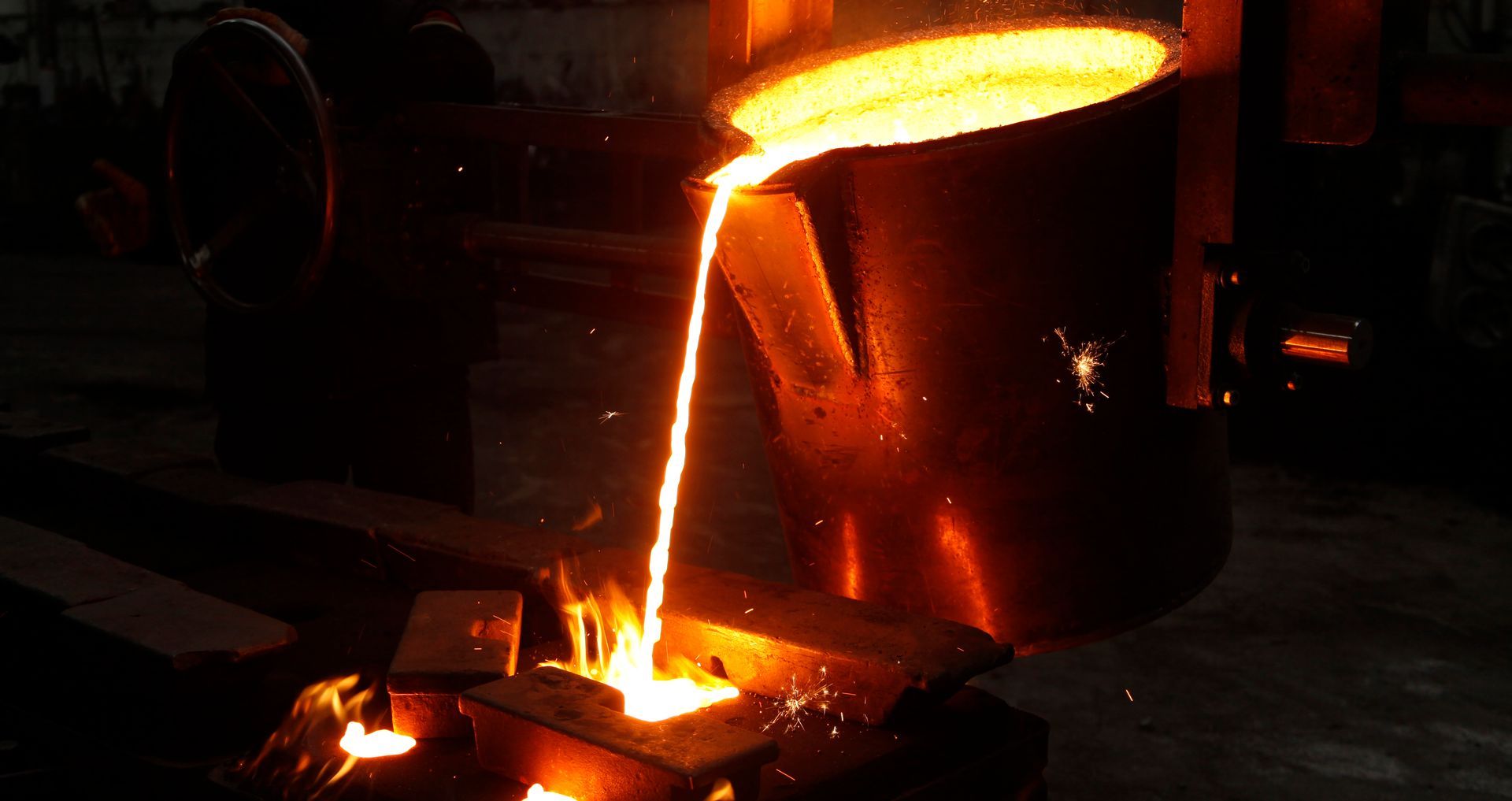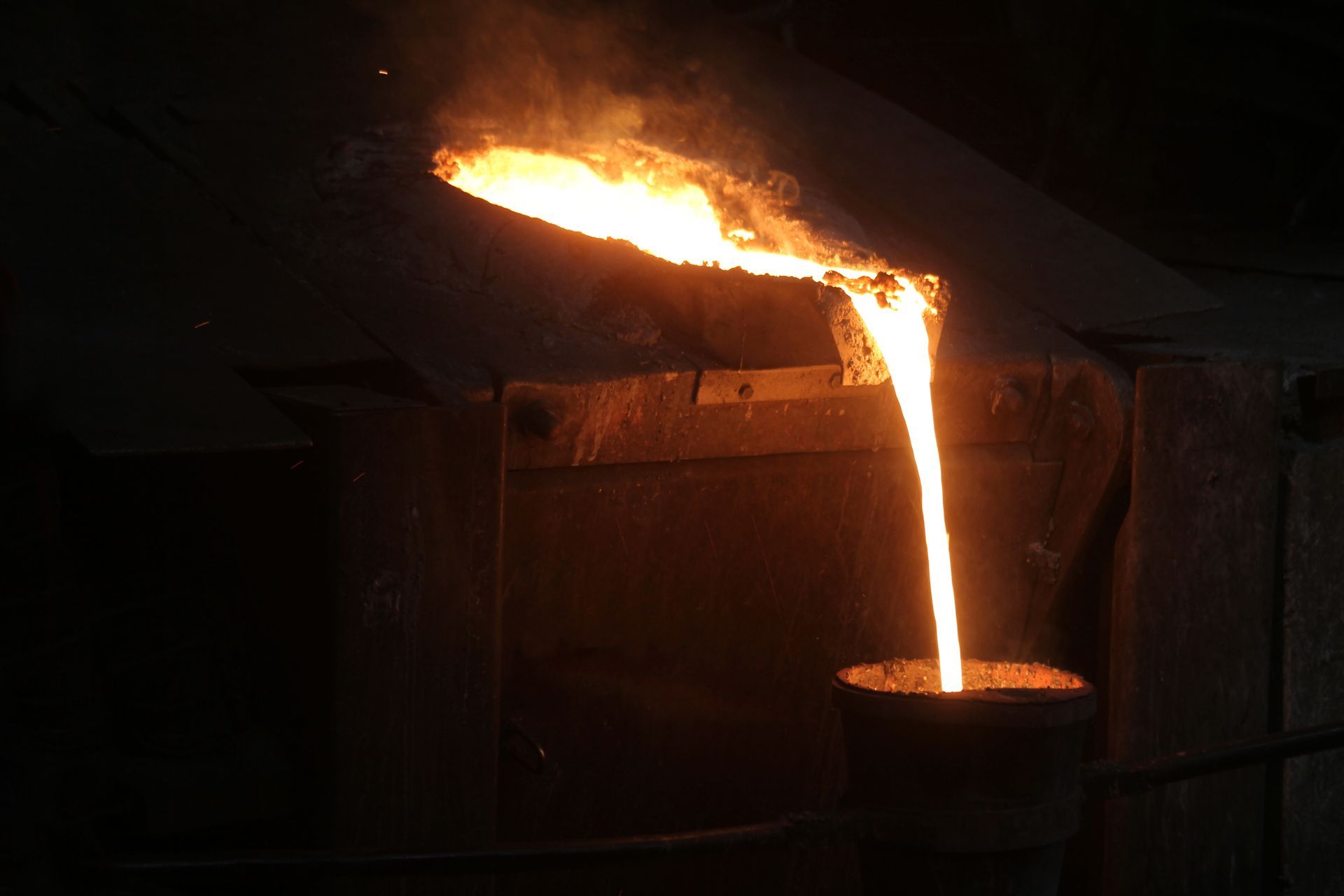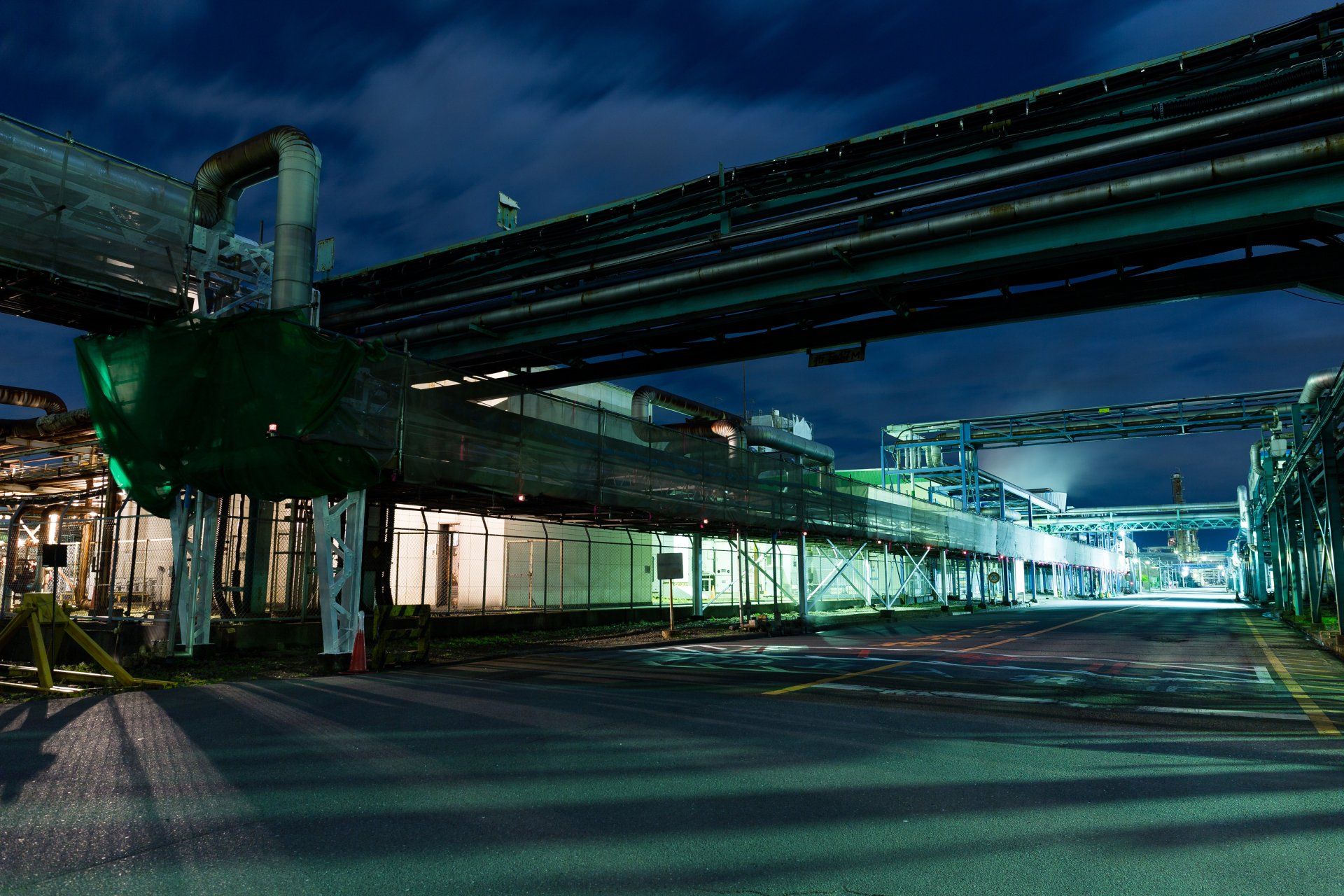Why is American Manufacturing Making a Comeback?
For decades, successful manufacturing enterprises have relied heavily on going to where labor is most affordable to set up factories and related production facilities.
This practice of offshoring jobs — in order to shore up profits — has had such a detrimental impact on U.S. manufacturing that the subject has increasingly become a topic of debate in everything from business to politics.
Yet recently, a significant number of indicators are pointing to an American manufacturing comeback. To make sense out of this issue and get as close as possible to the truth of the matter, it helps to take a look at the overall impact of American manufacturing and its relation to the rest of the world.
Why Did Manufacturing Leave America in the First Place?
In the first decade of the 21st century, labor was much more affordable in many economies outside of the United States. It was so much cheaper that by many estimates, the U.S. manufacturing sector saw about six million jobs go overseas during this time — especially to countries like China. Companies ranging from mobile phone manufacturers to automakers discovered offshoring and went for it in droves, hoping to reap the rewards of lower labor and operating costs.
The Impact on the U.S.
Even at the height of offshoring, certain American manufacturers stuck it out and kept their production facilities operating in the U.S. It often meant making difficult decisions and adapting to economic pressures. In more than one circumstance, it even involved adopting LEAN manufacturing principles imported from the waste-averse Japanese manufacturing sector.
The cumulative results of years of offshoring combined with the remaining U.S. manufacturers becoming more agile are somewhat surprising to some and perfectly predictable to others. In part due to the effects of U.S. offshoring, China’s economy has experienced tremendous growth. In fact, it’s now the second largest in the world. Moreover, wages in China have increased by approximately 200 percent in the last 10 years.
Nevertheless, many companies that offshored their production processes saw the quality of their products diminish — and, as a result, experienced a loss of customer loyalty. Meanwhile, many companies that continued operating in the U.S. saw their customer base grow, as people wanted the high-quality goods associated with American manufacturing.
Furthermore, due to longer shipping times when importing goods from overseas, businesses had to re-think their entire logistics and stocking processes — which was no small undertaking.
The Manufacturing Comeback and Its Benefits
In countries such as Mexico and China, where the manufacturing industry is strong, industrial employment has kept pace with population growth. In contrast, according to Barron’s, there was no growth in industrial employment between 1992 and 2017 in the U.S. — yet the population grew by 69 million. Experts predict that if American manufacturing makes a comeback — as it appears to be doing — simply keeping pace with population growth should result in an estimated 14 million additional manufacturing jobs over the next 20 years.
With the manufacturing sector expanding again in our country, the logistics sector will also grow. The resulting job growth will lead to a higher standard of living and more consumer confidence, which, in turn, will help build a stronger economy. That means a better position for American businesses not only on the domestic market, but also the international market.
Ready to let Dynaform help you enjoy increased productivity? To learn more about our products, fill out our contact form now. One of our representatives will be in touch shortly.







